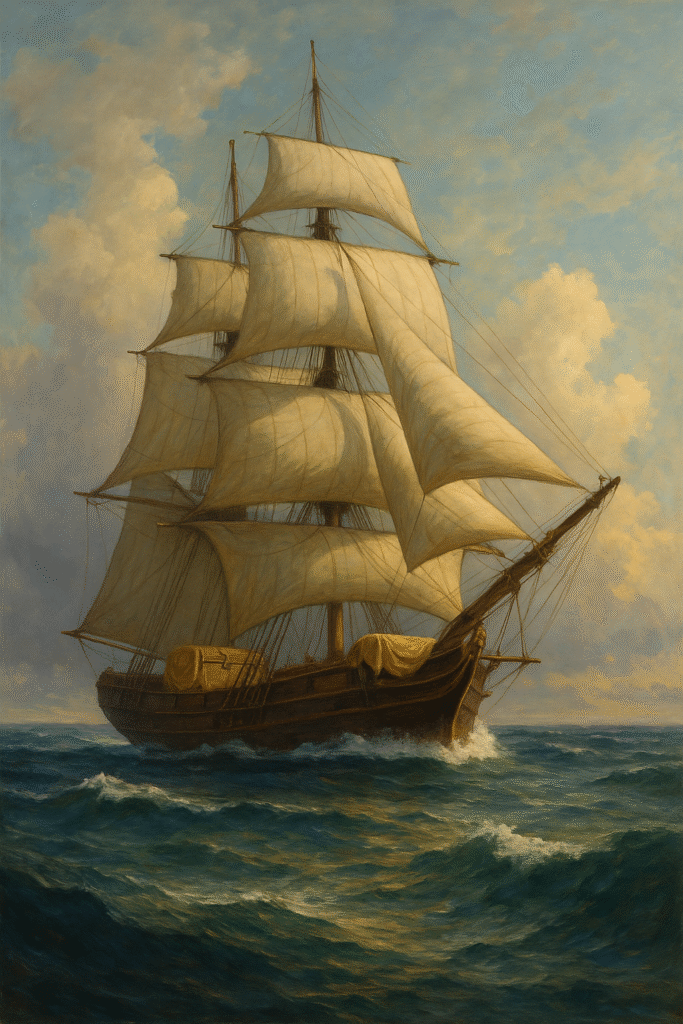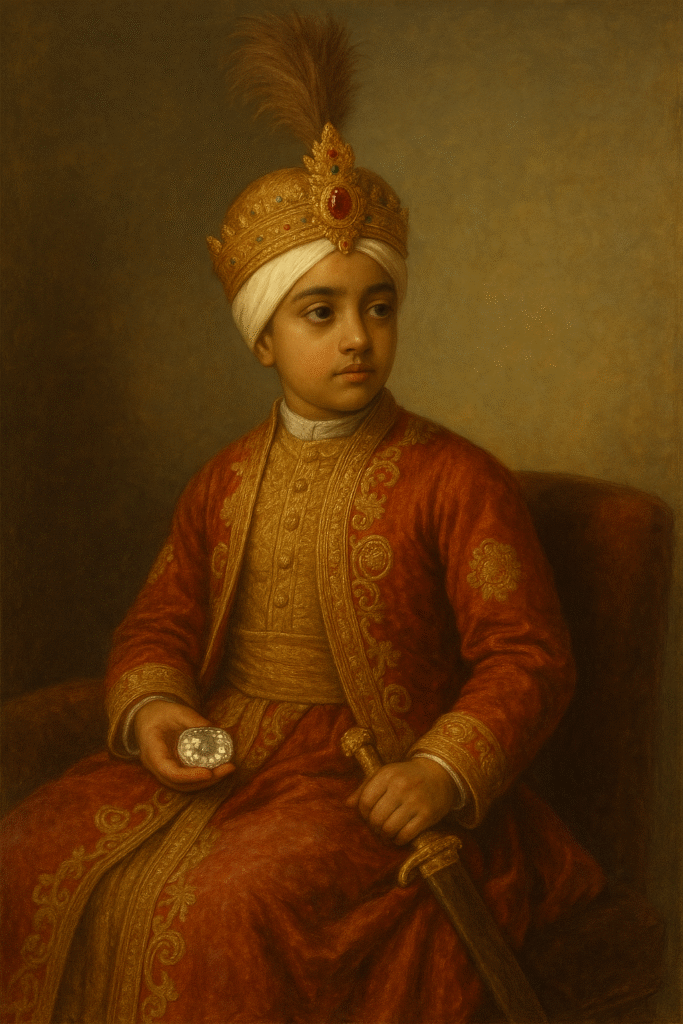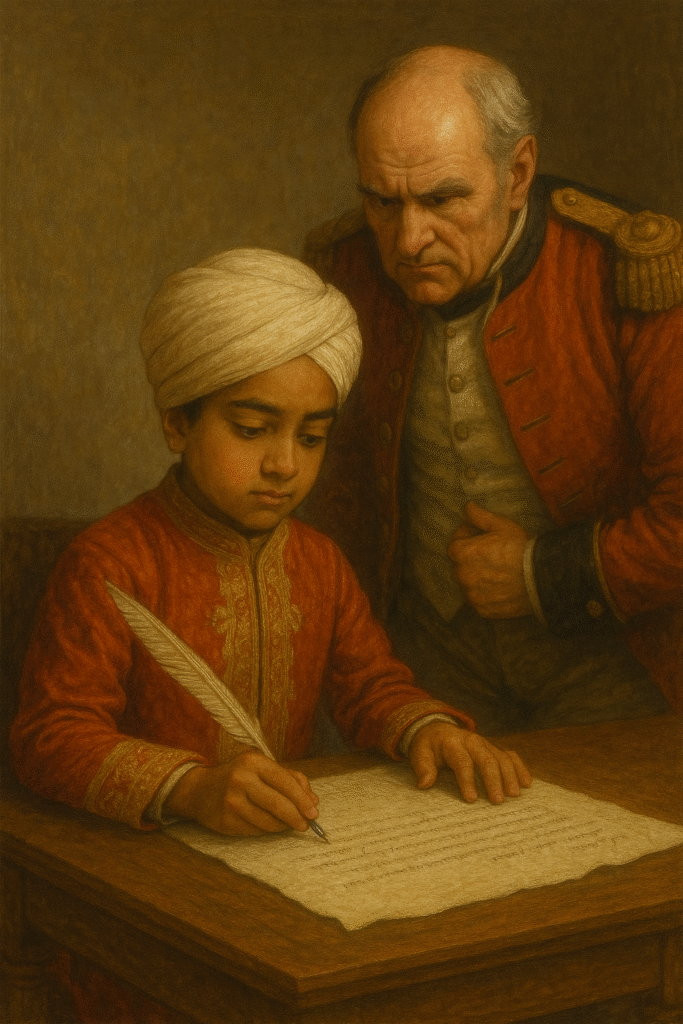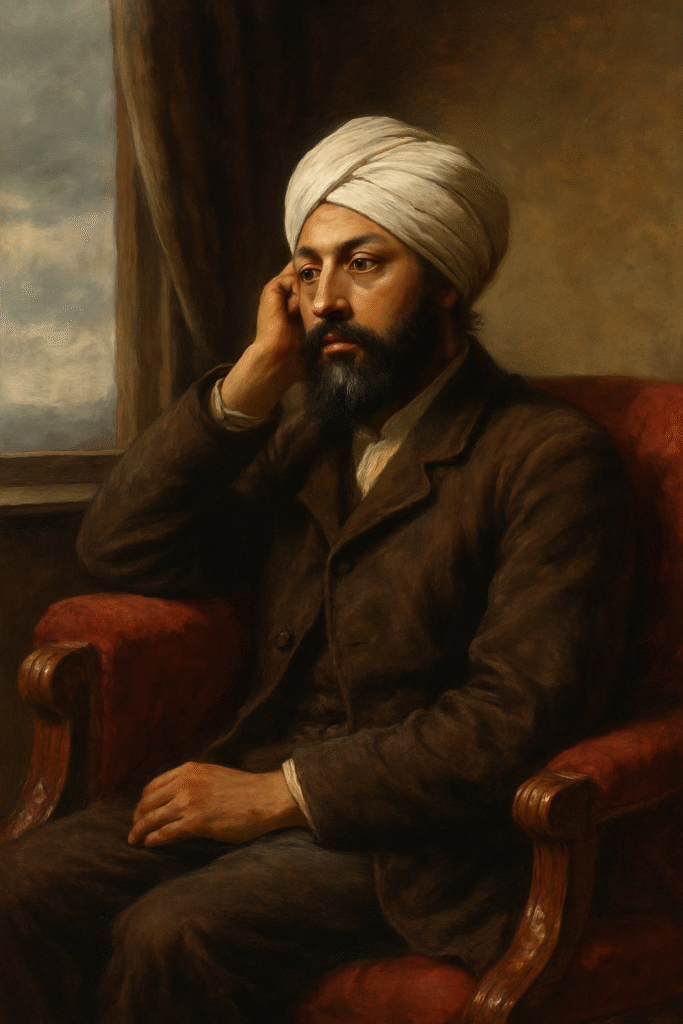The Kohinoor is more than just a diamond — it’s a silent witness to centuries of power, betrayal, and colonial greed. We see it today locked in the crown of British royalty, but very few know the shadowy route through which it traveled from Indian soil to the Tower of London.

This is not a story of simple conquest — it’s one of manipulation, loss, and a stolen legacy.
💎 A Diamond with a Bloodied Crown

The Kohinoor, believed to have been mined from Golconda in Andhra Pradesh, was passed down through many hands — from Mughal emperors to Afghan warlords and Sikh rulers. By the 1800s, it was in the proud possession of the Sikh Empire, under the 10-year-old Maharaja Duleep Singh.
👑 The Puppet Prince

After the death of Ranjit Singh and the fall of the Sikh Empire, the British annexed Punjab. In 1849, under the Treaty of Lahore, the British forced a child — Maharaja Duleep Singh — to sign away not only his kingdom, but the Kohinoor itself. A boy of 10 surrendered a 793-carat legacy he barely understood.
🇬🇧 A Gift or a Grab?
The British called it a “gift” to Queen Victoria, but let’s not be fooled — this was a political act of imperial theatre. The Kohinoor was taken, polished, and displayed at the Great Exhibition in London. Far from being admired, it was criticized for lacking sparkle — until they recut it, losing over 40% of its size just to suit Western tastes.
🚢 Smuggled with Secrecy

Fearing Indian rebellion and pirate attacks, the British shipped the Kohinoor under tight secrecy aboard the HMS Medea in 1850. Its arrival was celebrated in England — but back in India, it marked the ultimate insult: even our jewels weren’t left behind.
💔 Duleep Singh: A Life in Exile

The story didn’t end with the diamond. Duleep Singh was taken to England, converted to Christianity, and cut off from his roots. His repeated pleas to return to India were denied. He died a heartbroken exile, separated from his land and faith — and the diamond he was made to sign away.
—
📌 Why It Still Matters
The Kohinoor isn’t just about a stone — it’s about the cost of empire. The loss of culture, dignity, and self-rule. The British may have worn it on their crowns, but for us, it remains a wound wrapped in velvet.
🗣 Should India ask for it back?
Debate continues. But more important than reclaiming the stone is reclaiming the story — and remembering the people behind it.
